What will happen after the excavation, whether to fill the site with sand to protect it or to develop a conservation plan to "retell" the story of this heritage is an issue that needs to be carefully and scientifically considered.
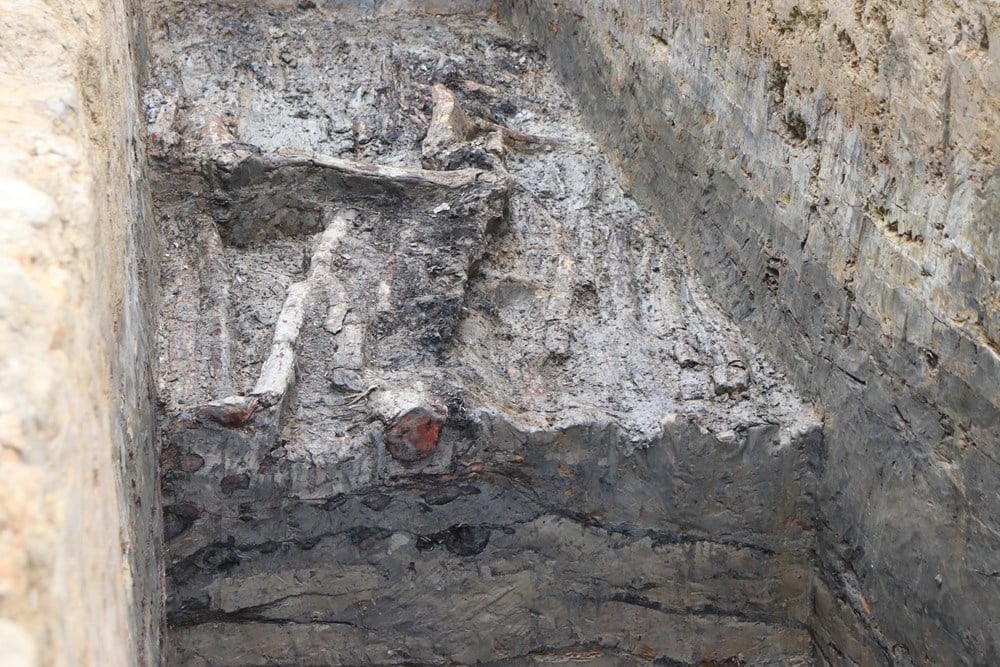
Relics and archaeological values
Not only stopping at the architectural scale, the cultural layers of the Den citadel also revealed many relics reflecting the activities and history of use that lasted for many centuries. Associate Professor, Dr. Dang Hung Son, Deputy Head of the History Department ( Hanoi University of Social Sciences and Humanities) assessed: There are not many excavations related to the Hoa Lu ancient citadel system. The documents from the excavations of the National Museum of History in the late 60s of the last century, although few, are very valuable.
It was during that period that archaeologists discovered bricks with typical Hoa Lu motifs such as lotus flowers, phoenixes in pairs, and rare specimens in the treasure trove of ancient architectural materials. However, due to limited technical conditions and research methods at that time, the understanding of the structure of the ramparts was not extensive.
More valuable, archaeologists also discovered many pieces of glazed ceramics and red bricks typical of the 10th century, the period when the Dinh and Tien Le dynasties established the capital in Hoa Lu. In addition, glazed ceramics from the Ly - Tran dynasties and glazed ceramics from the later Le and Nguyen dynasties appeared scattered on the upper layers of soil, showing that the Den citadel area continued to be used, renovated or inhabited throughout history.
Regarding the excavation of the Den citadel section in 2025, Associate Professor Dr. Dang Hung Son said that this is a good quality research, providing more important insights into the technique of building the citadel. He hopes that in the coming time, researchers can expand the scope of the survey not only on the technical side, but also in a specific social and historical context. “For example, it is necessary to understand more clearly how King Dinh and King Le organized the construction of the citadel, how much earth was built, how many people participated, how long it took to build… These numbers and calculations will help revive the picture of the organization and operation of the nation in the early period of its founding,” he shared.
Thanh Den is the largest section of the Hoa Lu ancient citadel system. According to Mr. Truong Dinh Tuong, Chairman of the Ninh Binh Provincial Historical Science Association: “Not only does it play a military role, this section of the citadel also has an extremely important hydraulic significance. In the 9th-10th century, when the dyke system such as Ngu Xa dyke had not yet appeared, Thanh Den could have played the role of both preventing floods and protecting the inner city area, where warehouses, military barracks and palaces were concentrated. Therefore, Thanh Den can be considered a strategic defensive and water-regulating structure.”
Mr. Tuong also shared a personal memory: “In 1984-1985, when going on a field trip with Professor Tran Quoc Vuong, the Professor expressed his wish to conduct a major archaeological survey of Hoa Lu ancient citadel, especially the Den citadel area. He also emphasized that the word “Den” could be related to a place name from the Bronze Age, suggesting a deeper historical layer for this relic.”
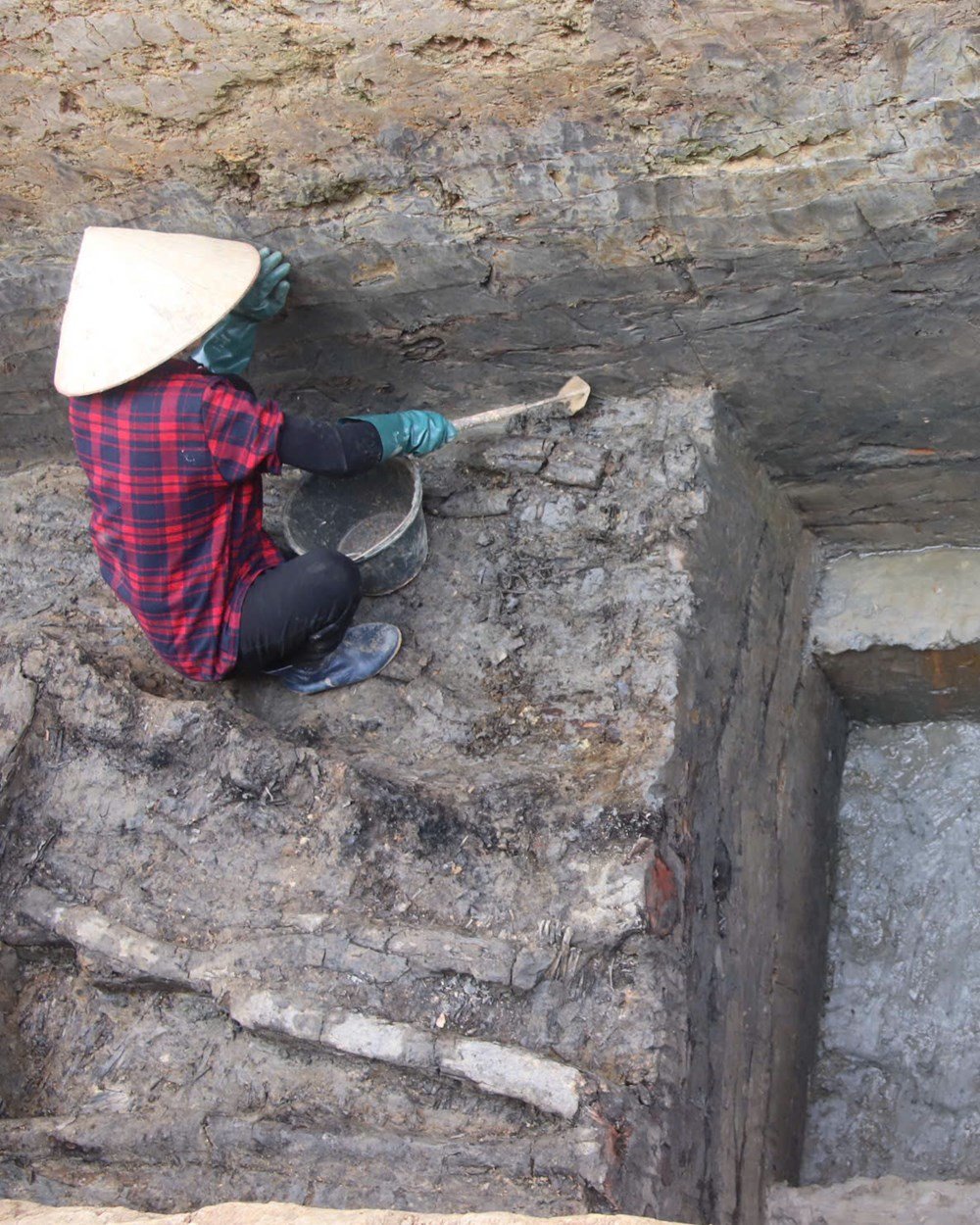
Direction of preservation and promotion of values
Archaeological discovery is only the first step. What is more important is how to preserve and retell the story of Hoa Lu ancient citadel in an effective, convincing and sustainable way. According to Dr. Ha Van Can, Director of the Institute of Archaeology: “Excavation is not only for research but also for preservation. In many places such as Den citadel in Hai Duong, the upper part has been lost, so it is impossible to study the cross-section. In Hoa Lu, the citadel wall is still intact, very valuable for future restoration work.”
He also proposed to continue surveying other sections of the citadel to check the level of consistency in construction techniques: “Hoa Lu ancient citadel in general takes advantage of terrain factors such as mountains and rivers to form a defensive position. With the Den citadel section, the citadel line follows the Hoang Long river, which is both a military defense line and a natural moat. Expanding excavation at different points in the citadel system will help build a more comprehensive and accurate view of the scale and structure of the entire Hoa Lu ancient citadel.”
From a tourism perspective, Mr. Nguyen Cao Tan, Deputy Director of the Ninh Binh Province Department of Tourism, acknowledged that the excavation of the Den citadel section has provided the “most complete and comprehensive cross-section” of one of the most important sections of the ancient capital. “The Den citadel lies parallel to the Hoang Long River, a vital waterway, showing that the ancient capital Hoa Lu was not only a capital but also an important trading center, close to the sea.”
Mr. Tan hopes that archaeologists will continue to search for traces of the “water gate”, which connects the river or swamp into the citadel. If the location and operating mechanism of the water gate are discovered, this will be an important step in restoring the residential and living space of the 10th-century residents. “If we can recreate the scene of “above the wharf, below the boat” right in the heart of the relic, where people, boats, trade and the citadel converge, it will be a vivid historical space and especially attractive to tourists,” Mr. Tan emphasized.
In addition, to promote heritage values in contemporary life, experts also propose applying digital technology in conservation work. Digitizing archaeological data, recreating rampart models using 3D technology or integrating Den citadel into Ninh Binh's smart tourism map... are feasible directions. Virtual reality (VR) tour models or designing outdoor exhibition spaces associated with tourist routes can create a series of vivid and attractive historical experiences for domestic and foreign tourists.
Heritage should not just stop at numbers or artifacts but should become a vivid story, helping today's generation understand the efforts and intelligence of our ancestors in building and defending the country. In addition, Mr. Truong Dinh Tuong emphasized that archaeological excavations at the Den citadel have contributed to strengthening the hypothesis of the "inner citadel", a place used to hide troops and store assets, located inside the "outer citadel" which was considered the center of the ancient capital. "The location value of this citadel section is very large and there are now businesses ready to cooperate with the State to continue excavation," he added.
The Den citadel wall was once forgotten, covered under a layer of dike soil for nearly 70 years. But from that underground, the silent traces are being "read" not only by archaeological tools, but also by historical consciousness. The foundation structure from leaves and tree trunks; the citadel body shaped like a "buffalo's back"; the deep anti-intrusion moat... all are like "stratigraphic slices" recounting the defensive techniques of the Vietnamese people since the time of nation building.
However, the issue that is of public concern is how to preserve the Hoa Lu ancient citadel, the Den citadel section. Cover it with soil and sand to protect it or keep the excavation site intact to serve the restoration project. According to private sources, there is currently a business proposing a plan to restore the Den citadel with stone walls. If this plan is approved, it will distort the original relic because during the excavation process, archaeologists have clarified the structure and techniques of building the citadel using only soil, stone and vegetation...
Source: https://baovanhoa.vn/van-hoa/doi-mat-voi-giai-phap-bao-ton-145153.html


![[Photo] Worshiping the Tuyet Son statue - a nearly 400-year-old treasure at Keo Pagoda](/_next/image?url=https%3A%2F%2Fvphoto.vietnam.vn%2Fthumb%2F1200x675%2Fvietnam%2Fresource%2FIMAGE%2F2025%2F12%2F02%2F1764679323086_ndo_br_tempimageomw0hi-4884-jpg.webp&w=3840&q=75)




![[Photo] Parade to celebrate the 50th anniversary of Laos' National Day](/_next/image?url=https%3A%2F%2Fvphoto.vietnam.vn%2Fthumb%2F1200x675%2Fvietnam%2Fresource%2FIMAGE%2F2025%2F12%2F02%2F1764691918289_ndo_br_0-jpg.webp&w=3840&q=75)


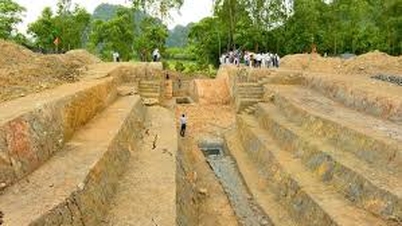





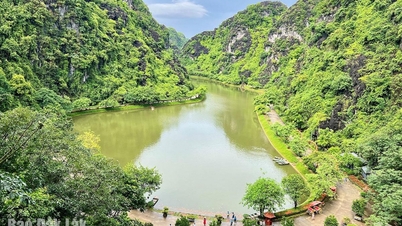



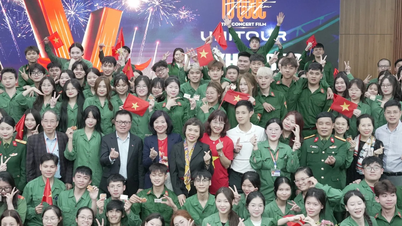

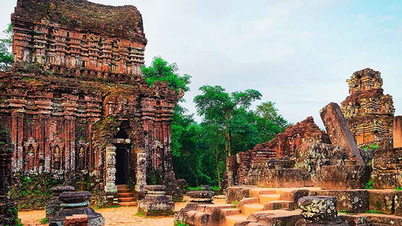



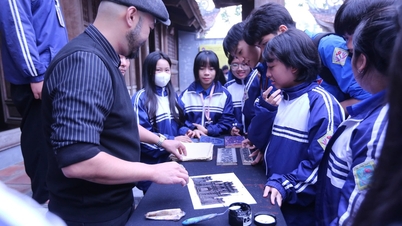


















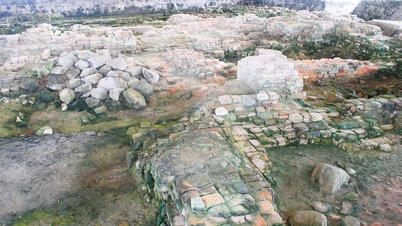

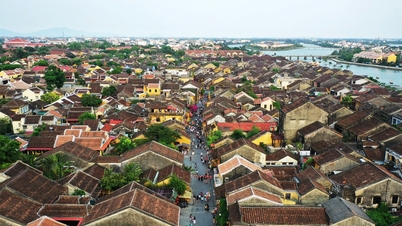

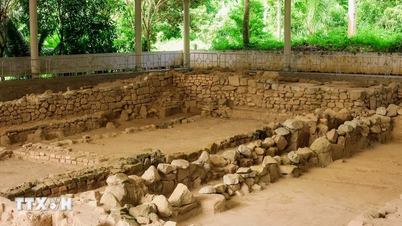

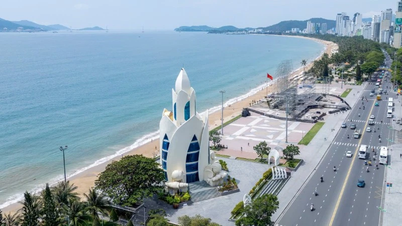
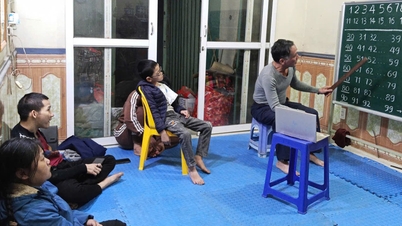




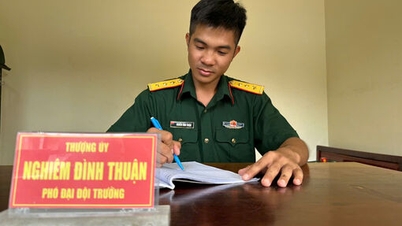

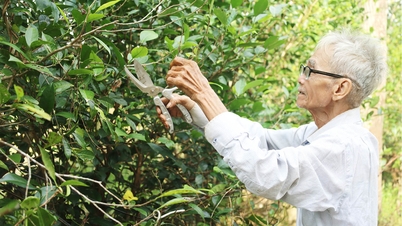

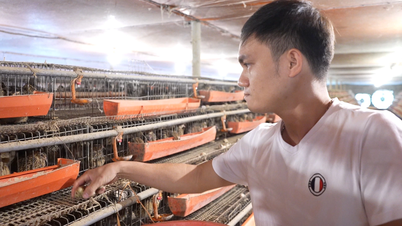



















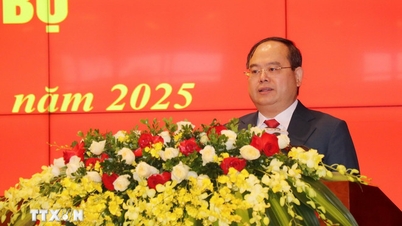














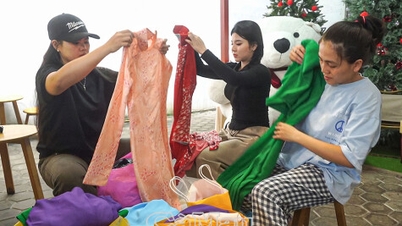


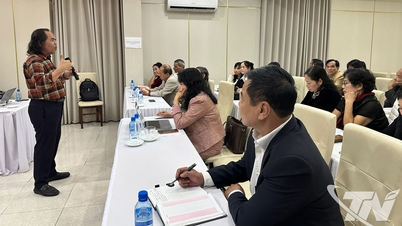








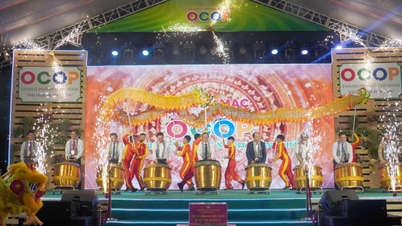




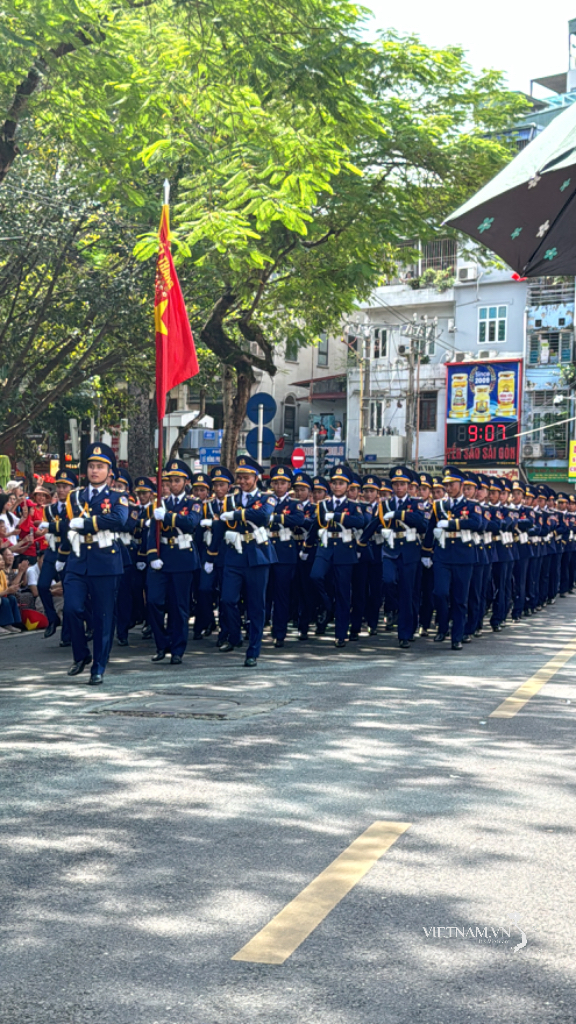
Comment (0)